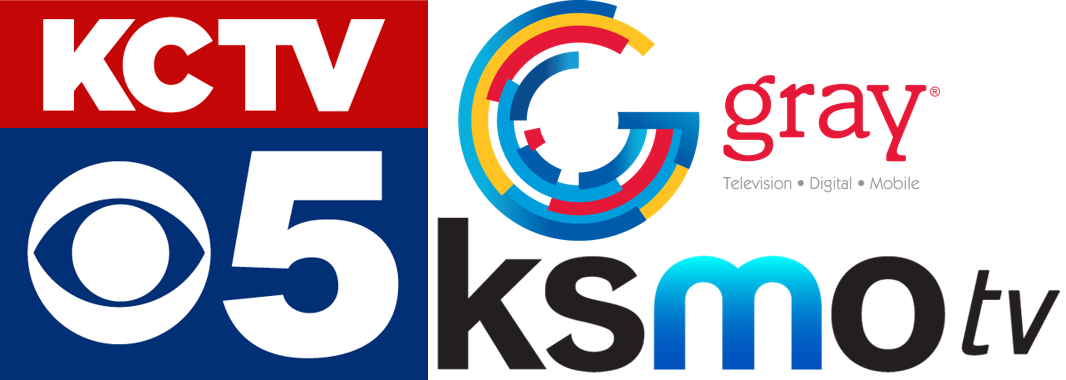
Before you can develop and launch your marketing campaigns, you must know your target audience well. This entails defining and gaining a deep understanding of your target audience, including their demographics and wants. The main reason why you need to know your target audience well is to sell your offerings to these prospects more successfully.
If you want to learn more about building an engaged audience, the following are some tips for putting together an effective audience-building strategy.
1. Define Your Audience
The very first step you need to take is to define your target market. Conduct plenty of research into them and determine exactly who you're trying to target. You can look at existing customers, your competitors and various platforms to better identify your audience.
Consider the demographics of your audience, including geographic location, age, gender, and occupation. Based on these elements, you can paint a picture of your audience. Additionally, you can segment your audience based on unique demographics for different types of customers. For example, you might find that you have an audience of college students, while another segment consists of busy professionals.
Following this research, companies can develop target personas that represent each type of customer. You can then build your marketing campaigns around these personas with messaging and creative that best reaches them.
2. Know What They Want
It's not enough to define your audience before targeting them—understanding your target market is even more vital. To help you develop your marketing strategy, figure out what your audience both wants and needs.
As you work to understand your audiences, try to identify their pain points. What problems is your audience experiencing that your offerings can help resolve? You might find a specific pain point that your competitors aren't addressing but that you can manage in your marketing.
In addition to pain points, think about how your audience speaks. What kind of language does your audience use that you can incorporate into ads and other content? If you can pinpoint the right messaging to use, you'll establish a much stronger connection with audiences and create a truly relatable brand story.
Finally, think about what brands your audience wants, likes, and needs. Who do your audiences currently trust, and how can you mirror or improve upon what those competitors are doing?
3. Attract Your Audience
Once you define and understand your audience, you need to know how to attract and bring them into your sales funnel. There are many ways to attract a target audience, depending on their unique demographics, desires, and pain points.
First, don't underestimate the power of content marketing for your target audience. The fact is that content marketing is highly profitable while costing 62% less than conventional marketing efforts and generating three times as many leads. The key is to figure out which types of content your audience consumes. For instance, some audiences may be more receptive to video or audio than written content. Others may loyally follow your blog and anticipate regular posts.
Figure out which platforms your audience uses, including social media channels. Different segments of your audience might hang out on various platforms, including Facebook, Instagram, or LinkedIn. Once you determine which platforms to use, attract their attention with a combination of high-value content and ads that increase brand awareness and recognition.
4. Keep Audience Engagement High
After attracting your target audience, engaging them is critical in driving conversions and sales. Engagement will ensure your brand remains top-of-mind among your audience and carry them along the buyer's journey toward a sale.
Engaging audiences with video content is one way to maintain engagement. Video content will only become increasingly popular among most audiences, with 82% of all internet traffic expected to come from streaming videos and downloads by 2022. Engaging social media audiences with regular posts and ads can further drive engagement.
Over time, you can develop a loyal following that looks forward to your posts. At the same time, you can respond to user comments, conduct polls requesting people's feedback, and take other initiatives to increase social media engagement.
These are simply a few of the many ways you can keep audiences engaged and increase the likelihood that they'll become loyal customers.
Target Your Audiences With the Help of a Media Partner
The more you know about your audiences and build your marketing strategy around them, the better your campaigns' results will be. To get the most from your targeting efforts, you must have the time and resources needed to connect with audiences effectively.
If you require assistance with audience targeting, a good media partner can give you the help you need. Having a media partner behind your campaigns will help ensure your efforts resonate with audiences. In turn, you'll be able to optimize the ROI of your marketing plans.






